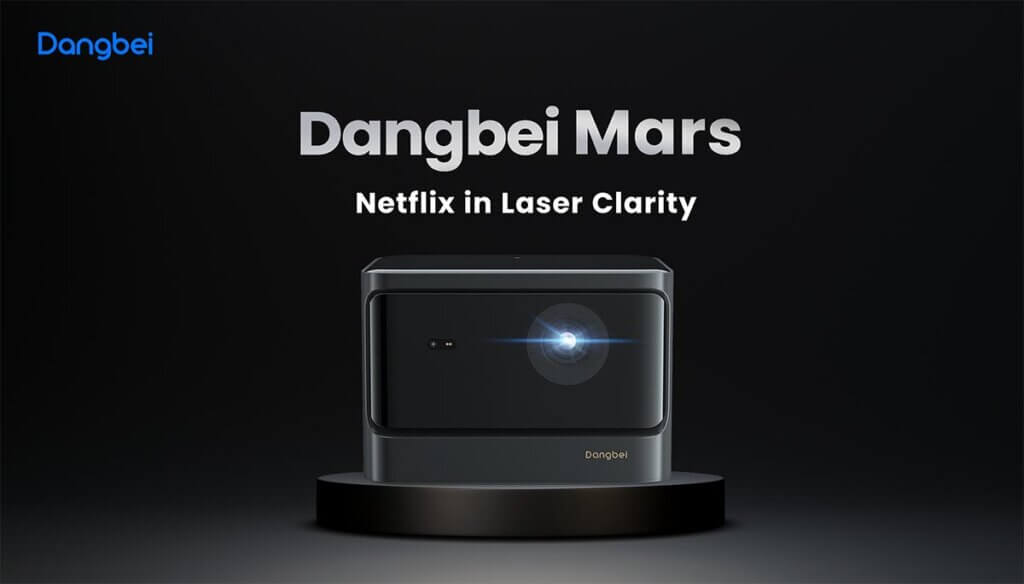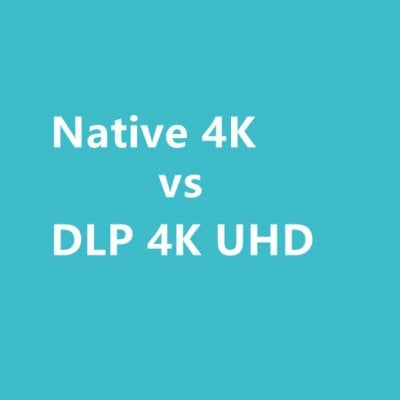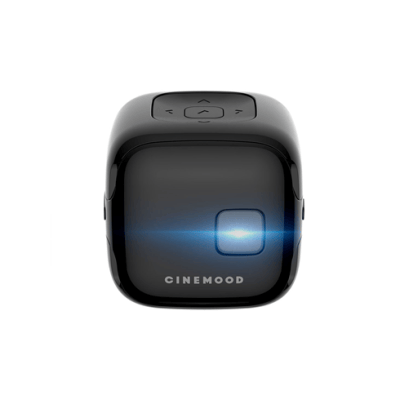Nowadays, projectors have powerful image processing capabilities, and HDR10 decoding is no longer an unreachable feature. But is HDR10 really useful? Let’s take a closer look to determine whether it is necessary to enable HDR10 on projectors and whether it’s better to enable or disable it.
What is HDR10?
Before understanding HDR10, we need to know about HDR, which stands for High Dynamic Range. It is a picture enhancement technology that makes the image brighter, with higher contrast and more details in the dark areas. For display devices, enabling HDR adjusts screen brightness and enhances contrast between the brightest and darkest parts of the image, making the picture more layered and exposing more details.
HDR10 is an upgraded version of HDR. It can further increase the brightness of the image by two times and deepen the contrast between colors. HDR10 also offers nearly ten times more color content than HDR, with the “10” referring to the 10-bit color depth. Additionally, HDR10 recommends the use of Rec.2020 and PQ for absolute value display and employs static data processing.

Is HDR10 necessary for projectors?
The answer is yes, it is necessary because HDR10 provides excellent improvements in picture quality. It offers viewers a more immersive experience with richer details in bright and dark areas, making the projected image more realistic and natural. Therefore, when purchasing a projector, it is advisable to choose one that supports HDR10 decoding, such as the Dangbei Mars projector.
HDR10+ is an upgraded version of HDR10. While HDR10 has a maximum brightness of 1000 nits, HDR10+ can achieve a maximum brightness of 4000 nits and also enhances contrast. The difference between HDR10 and HDR10+ lies in their processing methods. HDR10 adopts static data processing, while HDR10+ uses dynamic data processing. The advantage of dynamic data processing is that it allows changes to be made for each video frame, meaning that each frame will have its own brightness and contrast data.

Conclusion
In conclusion, enabling HDR10 on projectors is highly recommended as it significantly enhances the picture quality, providing a more immersive and visually appealing viewing experience. With the advancements of HDR10+ and its dynamic data processing capabilities, the quality and realism of projected images can be further improved. So, if you have a projector that supports HDR10 or HDR10+, it is definitely worth enabling these features to enjoy the full potential of your projector’s capabilities.




